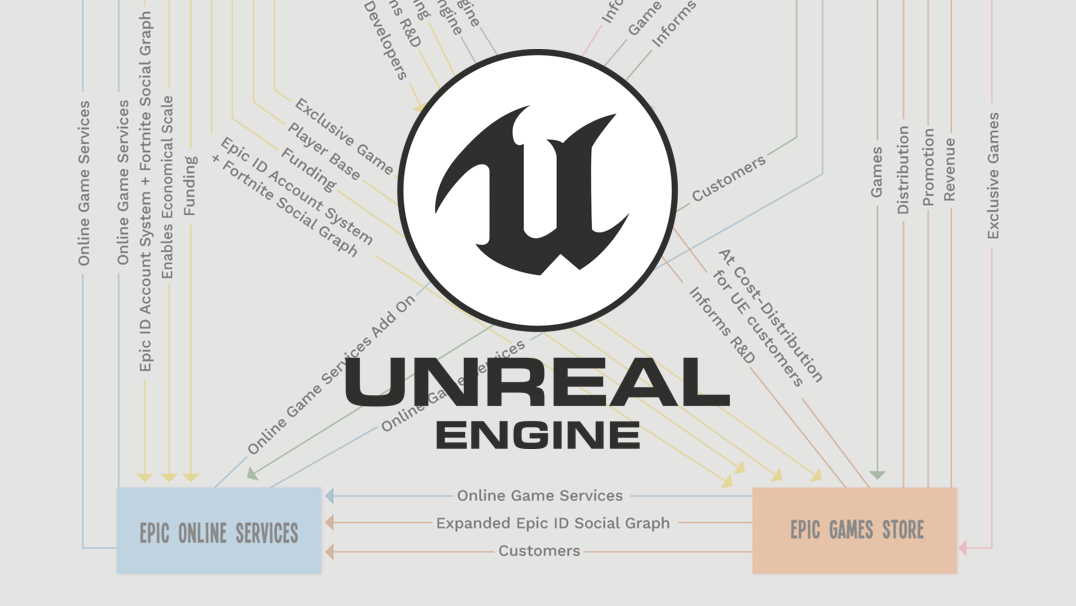A lot of people are talking about “the metaverse” these days. Coming off eighteen months of Zoom, Netflix, and Doordash, you can count me out — at least in the form that most folks are imagining. I’m not denying that the metaverse is a cool concept from a technology point of view; it comes from one of my favorite sci-fi writers, Neal Stephenson, who coined the term in his 1992 novel,
Snow Crash. Along with the works of
William Gibson, that book created the cyberpunk genre, in which characters spend time wired into a digital universe where they explore, socialize, fight, and (at least in the novels) save the world from villainous plots. The concept reached one of its most complete expressions in Ernest Cline’s
Ready Player One, where virtually everyone has abandoned reality for an elaborate VR massively multiplayer video game.
A lot of people these days seem very interested in bringing this near-future vision of a virtual world to life, including some of the biggest names in technology and gaming. But in fact these novels served as warnings about a dystopian future of technology gone wrong.
As a society, we can hope that the world doesn’t devolve into the kind of place that drives sci-fi heroes to escape into a virtual one — or we can work to make sure that doesn’t happen. At Niantic, we choose the latter. We believe we can use technology to lean into the ‘reality’ of augmented reality — encouraging everyone, ourselves included, to stand up, walk outside, and connect with people and the world around us. This is what we humans are born to do, the result of two millions years of human evolution, and as a result those are the things that make us the happiest. Technology should be used to make these core human experiences better — not to replace them.














